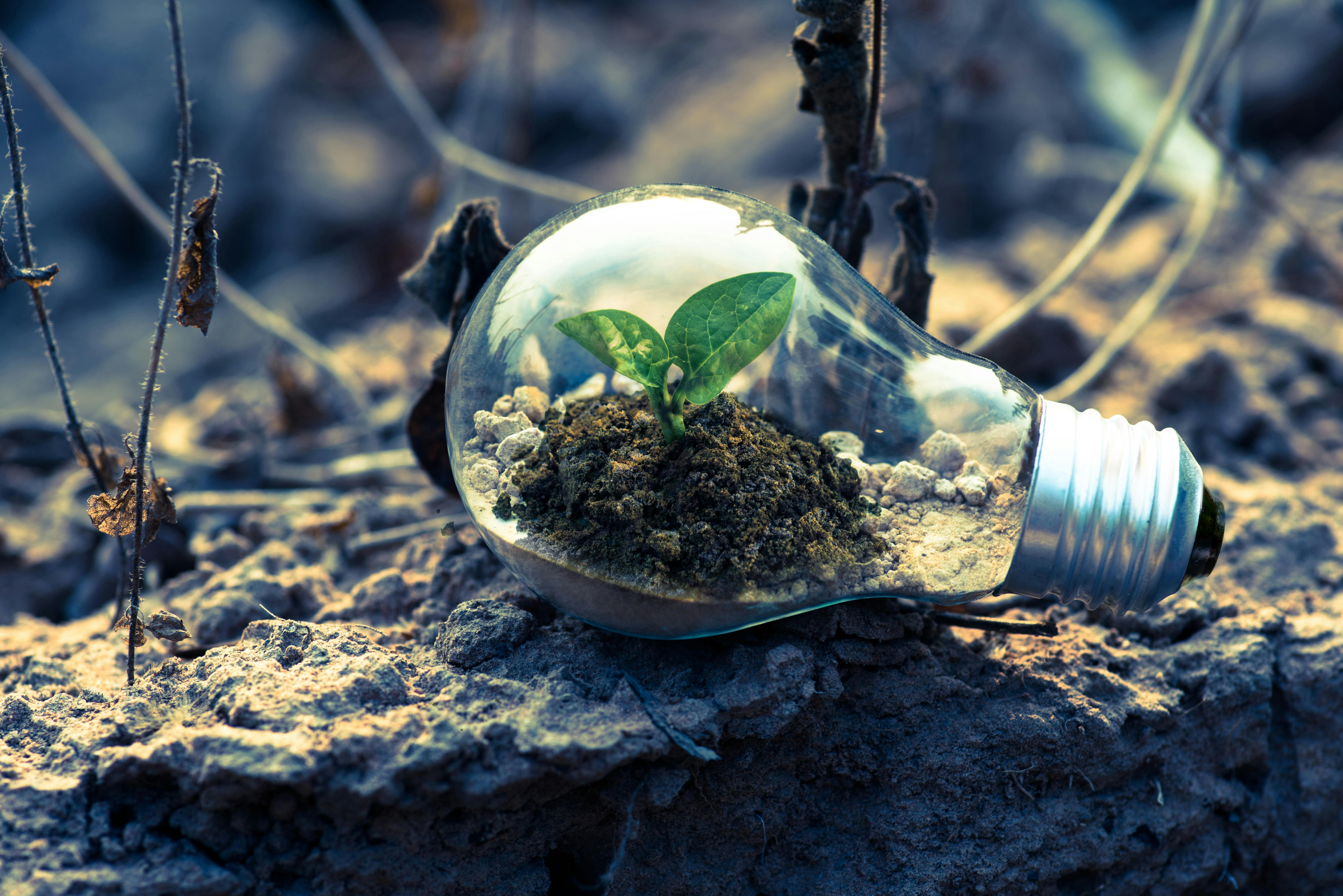Rubber plants are a popular houseplant choice due to their ease of care and attractive foliage. They prefer a well-draining soil that is slightly acidic and has plenty of organic matter. The right type of soil for your rubber plant can help it thrive and promote healthy growth. In this article, we’ll discuss what kind of soil is best for your rubber plant and how to create the perfect growing environment.The best soil for a rubber plant is one that is well-draining and nutrient-rich. A good mix for rubber plants should be equal parts peat moss, perlite, and potting soil. Also, adding some compost to the mix will help provide extra nutrients for the plant.
Soil pH for Rubber Plant
Rubber plant (Ficus elastica) is a popular houseplant, known for its interesting foliage and ease of care. It’s also one of the most tolerant houseplants and can survive in a wide range of conditions. When it comes to soil pH, rubber plants prefer a slightly acidic soil with a pH between 5.5 and 6.5. This slightly acidic soil helps to keep the plant healthy and robust.
The best way to ensure that your rubber plant has the proper soil pH is to use potting mix that is specifically formulated for acid-loving plants or to mix equal parts of peat moss, composted pine bark, and garden loam together. These mixes will provide the rubber plant with an optimal growing environment that will help it thrive.
You can also adjust the pH of your potting mix by adding organic materials such as compost or aged manure which will help bring down the pH level of your potting mix. Additionally, you can add sulfur or iron sulfate which are both acidic materials that can help lower the pH level in your potting mix if needed.
It is important to remember that soil pH levels should be tested frequently as they can change over time due to environmental factors such as watering and light exposure. If you notice that your rubber plant’s leaves are yellowing or becoming discolored then it may be an indication that your soil pH is off balance and needs adjusting.
Overall, rubber plants prefer slightly acidic soils with a pH between 5.5 and 6.5 for optimum growth and health so make sure you check your soil’s pH regularly in order to maintain healthy plants!
Nutrients Needed For Rubber Plant Soil
Rubber plants (Ficus elastica) are popular houseplants that offer attractive foliage and easy maintenance. They are fairly hardy and can tolerate a wide range of conditions, but for optimal growth they need nutrient-rich soil. The right balance of nutrients helps the plant to stay healthy and grow strong.
The most important nutrients for rubber plants are nitrogen, phosphorus, potassium, magnesium, sulfur, calcium, iron, and zinc. Nitrogen is essential for healthy foliage growth and aids in photosynthesis. Phosphorus helps with root growth and encourages flowering. Potassium also encourages flowering and helps the plant resist disease. Magnesium is necessary for chlorophyll production which helps the plant to absorb energy from sunlight. Sulfur promotes root growth and improves cell structure. Calcium is essential for strong stems and cell wall development. Iron helps with chlorophyll production as well as overall health of the plant’s leaves. Zinc aids in leaf development and strengthens cell walls.
In addition to these major nutrients, rubber plants also need secondary elements such as manganese, copper, boron, molybdenum, chlorine, cobalt and selenium in smaller amounts. Manganese helps with photosynthesis while copper aids in metabolic processes like respiration and enzyme activity. Boron improves flower production while molybdenum increases seed production. Chlorine helps with water uptake by the roots while cobalt enhances root formation and selenium supports overall health of the plant’s leaves.
To make sure your rubber plant is getting all of these essential nutrients it’s important to use a nutrient-rich potting soil that contains fertilizer specifically formulated for houseplants like rubber plants or palms trees (neither too acidic or alkaline). You can also add organic fertilizers such as compost or manure once every 6 months to provide additional nutrition for your rubber tree plant .
What Soil Mixes Are Good For Rubber Plant?
Rubber plants (Ficus elastica) are excellent houseplants that thrive in a variety of growing conditions. They can grow both indoors and outdoors, as long as they get enough light and water. When it comes to soil mixes, rubber plants prefer an aerated, fast-draining soil with plenty of organic material. A good mix should include one part potting soil, one part compost, and one part perlite or pumice. This combination will provide the plant with the drainage and air circulation it needs while still retaining moisture. Additionally, it’s important to keep the pH level between 6.0 and 7.0 for optimum growth. If you’re concerned your soil mix isn’t ideal for your rubber plant, consider adding some extra compost or perlite to help adjust the pH level and improve drainage.
It’s also important to make sure your pot has plenty of drainage holes so that excess water can easily escape. Without proper drainage, the roots of the plant could become waterlogged and cause root rot or other issues. If you don’t have a pot with adequate drainage holes, consider adding a layer of gravel or small stones at the bottom before adding your soil mix.
Finally, remember to always keep your rubber plant in a container that is slightly larger than its root system so that it has room to grow without becoming root bound. With proper care and attention, you can ensure that your rubber plant will thrive for years to come!
How To Amend Soil For Rubber Plant?
Rubber plants thrive in soil that is rich in organic matter. To amend the soil for your rubber plant, start by adding a layer of compost to the top of the soil. The compost should be mixed in with the existing soil, and you should aim for a depth of 2-3 inches. It is also important to add some organic matter such as peat moss or coconut coir to improve drainage and aeration. Additionally, you can mix in some coarse sand or perlite to further improve drainage. Make sure to mix these amendments thoroughly into the soil before planting your rubber tree. When it comes time to water your rubber plant, it is important not to over-water it as it can cause root rot and other problems. Make sure that you water just enough so that the top layer of soil feels slightly moist but not soggy.
Overall, amending the soil for your rubber plant is relatively straightforward and should help ensure that your plant is healthy and thriving for years to come!

How To Improve Clay Soil For Rubber Plant?
Improving the soil for a rubber plant is essential to ensure healthy growth and development. Clay soil can be difficult to work with but with some effort and dedication, you can make it suitable for your rubber plant. The most important thing to do when working with clay soil is to increase the amount of organic matter present in the soil. Adding compost, leaf mould or aged manure are all excellent sources of organic matter that will help break up clay particles and improve drainage. Regular applications of these materials will also improve the overall fertility of the soil and provide essential nutrients for your rubber plant. Additionally, adding gypsum or lime to the soil can help reduce its acidity and improve its structure.
It’s also important to periodically aerate your clay soil by either digging it over or using a garden fork. This will help break up any compacted areas and allow for better water drainage and air circulation around the roots of your rubber plant. Mulching is another great way to improve clay soils as it helps keep moisture levels consistent while preventing weeds from taking over your garden bed. Finally, make sure you water your rubber plant deeply but infrequently as too much water can cause root rot in clay soils.
Improving Sandy Soil for Rubber Plants
Rubber Plants are a popular houseplant that can thrive with minimal care, as long as they are placed in the proper soil. Sandy soil is often too low in organic matter to support a healthy Rubber Plant, but it can be improved with some simple steps. To ensure the best results, you should mix compost or other organic matter into the soil before planting your Rubber Plant. This will introduce beneficial microorganisms to the soil and help retain moisture. Additionally, adding mulch to the surface of the soil will help keep moisture in and reduce evaporation. You should also consider adding nutrients like phosphorus and potassium to the soil if it is very deficient. These nutrients can be added in liquid or granular form, and will help support healthy growth for your Rubber Plant. Finally, you should make sure to water your Rubber Plant regularly so that it has enough moisture for optimal growth.
By following these simple steps you can improve sandy soil so that it is suitable for growing a healthy Rubber Plant. With proper care, your Rubber Plant should be able to thrive and provide many years of enjoyment.
What Kind of Drainage Does Rubber Plant Need in the Soil?
Rubber plants need soil with good drainage in order to thrive. The soil should be light and well-aerated, allowing the roots to breathe. A mix of potting soil, perlite, and sand is ideal for rubber plants as it provides good drainage. The soil should be kept slightly moist but not soggy. Overwatering can lead to root rot and eventual plant death. It is important to let the top inch or two of soil dry out before watering again. To ensure proper drainage, it is best to use a container with a drainage hole or multiple small holes at the bottom.

Conclusion
Rubber plants are an ideal houseplant for any home. They are relatively easy to care for and require minimal attention. When selecting a potting medium, it is important to consider the drainage requirements of the rubber plant. Soil with a higher percentage of organic matter, such as peat moss or composted manure, will help ensure adequate drainage. Additionally, adding perlite or sand to the soil mixture will also improve drainage and aeration. Overall, providing your rubber plant with the right kind of soil is essential for keeping it healthy and happy.
With the right soil mix and proper care, your rubber plant can thrive indoors for many years to come. As long as you give it the attention it needs, you’ll be able to enjoy its lush foliage and vibrant flowers year after year.

